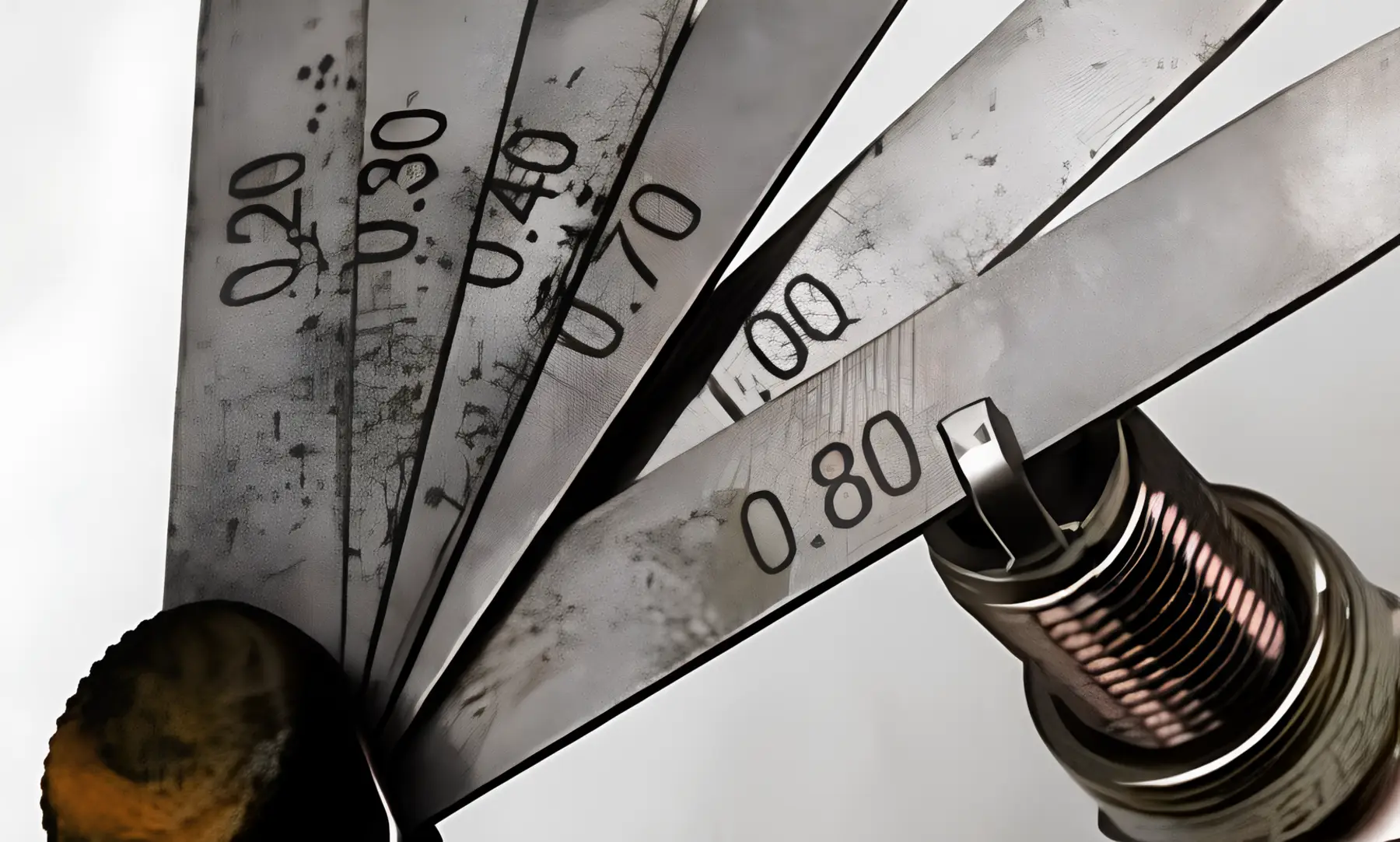Spark plug gap size is a crucial factor that is often overlooked by many vehicle owners. However, the correct spark plug gap significantly affects engine performance and fuel efficiency. An incorrect gap can cause ignition system problems, such as incomplete combustion, higher fuel consumption, or even long-term engine damage. Ensuring the spark plug gap is in line with the manufacturer’s recommendations is the first step to ensure your engine performs optimally.
The correct spark plug gap not only helps the engine run more smoothly but also extends the lifespan of ignition components such as coils and spark plug wires. Ideally, the spark plug gap should range from 0.60 mm to 1.00 mm, depending on the vehicle type and manufacturer specifications. However, many mechanics recommend a gap of 0.70 mm to 0.80 mm for cars. In this article, we will discuss why the spark plug gap is so important, how to measure the correct gap, and its impact on your vehicle’s performance.
Daftar Isi:
Effects of Spark Plug Gap on Engine
An incorrect spark plug gap can lead to several problems with the vehicle’s engine. Here are some effects of having a gap that is too wide or too narrow:
1. Spark Plug Gap Too Wide
If the spark plug gap is too wide, the spark produced by the spark plug will be smaller and less stable. This leads to incomplete combustion, higher fuel consumption, and frequent misfires.
Additionally, engine performance will decrease, and the ignition coil may quickly wear out due to increased strain.
2. Spark Plug Gap Too Narrow
On the other hand, a spark plug gap that is too narrow can produce a spark that is too large and causes excessive engine heat. This can potentially lead to the engine overheating and damage to other components.
One of the symptoms is the appearance of knocking sounds from the engine, indicating incomplete combustion, which could cause long-term engine damage.
How to Determine the Correct Spark Plug Gap Size
To ensure that the spark plug gap is in line with the manufacturer’s standards, here are some steps you can take:
1. Using a Spark Plug Gap Tool
One of the most accurate ways to measure the spark plug gap is by using a spark plug gap tool, which is widely available in the market. This tool is easy to use and allows you to verify that the spark plug gap is set to the proper size according to the manufacturer’s recommendations.
2. Following the Manufacturer’s Recommendations
Each vehicle type has different spark plug gap specifications. Be sure to refer to your vehicle’s manual or the spark plug manufacturer’s recommendations to know the correct spark plug gap size for your vehicle.
3. Check Periodically
The spark plug gap can change over time due to continuous vehicle use. Therefore, it is important to check the condition of the spark plugs periodically, especially if your vehicle has been in use for a long time or has traveled a significant distance.
Impact of Spark Plug Gap on Engine Performance
The correct spark plug gap can bring several benefits to your vehicle’s engine performance, including:
1. Improved Combustion Efficiency
With the correct spark plug gap, combustion in the engine will be more efficient as the spark is stable and timely. This will result in more power, reduced fuel waste, and better overall engine efficiency.
2. Better Engine Maintenance
Ensuring the spark plug gap is aligned with the manufacturer’s recommendations can help extend the life of the engine and other ignition components, such as coils and spark plug wires. An engine that runs optimally reduces the workload on other components, thus minimizing the risk of further damage.
3. Preventing Ignition System Damage
An incorrect spark plug gap can cause damage to the vehicle’s ignition system. By maintaining the correct spark plug gap, you can prevent issues like misfires or rapid coil wear.
The correct spark plug gap is crucial for keeping your vehicle’s engine running at its best. Maintaining the proper gap ensures the ignition system functions efficiently, avoids combustion problems, and improves fuel efficiency. Always refer to the manufacturer’s recommendations and check the spark plug condition regularly to keep your vehicle performing well.
